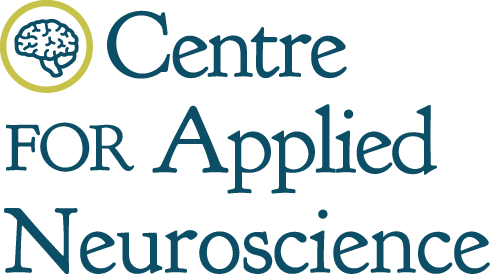Why Do Mistakes Happen in Our Brain?
A friend and colleague of mine, Ashley Good from Fail Forward, Fail Forward.org, asked me how can our brain lead us to fail. Here was my response (by Mandy Wintink):
One situation in which mistakes and errors happen more frequently is when the pressure is high. In the lab, we mimic can put the pressure on by asking people to do a task "as quickly as possible". This often leads to decreased performance and accuracy. We can also modify increase mistakes, errors, and failures by instituting punishments or negative consequences for when someone gets something wrong or we can do this by removing the rewards for getting something right. The former increases pressure (too much arousal) and the latter decreases pressure (too low of arousal) both of which negatively impact performance (i.e., errors, mistakes, and failures).
Another way that errors happen is by virtue of our brain working (inherently) to make things automatic and unconscious because automaticity and not having to think about something physically takes less effort and uses fewer resources. When things are new it requires lots of energy (biochemically). We are learning so that takes effort. Ultimately, our brain is trying to automate our actions so we no longer have to think about, for example, how to drive, ride a bike, do simple math, answer phones, greet clients, or anything that becomes routine. But there is a trade off for that automaticity.... errors! The more automatic something becomes, the more likely we are to make errors, generally speaking.
Speaking of simple math, answer this question:
If a baseball and bat cost $110, and the bat costs $100 more than the ball, how much does the ball cost?
You probably came up with a rather quick and automatic response, which was to say that the ball cost $10. But that's a mistake. If the ball cost $10 and the combine total is $110 then the would only make the bat $90 more than the bat, which was not part of the statement. The actual answer is $5 because if the ball is $5 and the bat cost $105 the combined total would be $110 and the bat would be $100 more than the ball. But, if you're like most people you answered $10 because quickly and automatically our brain subtracts $100 from $110 to come up with $10, which is a mistake.
There are many other errors the brain makes in order to preserve coherence and consistency because anything that makes us think too hard requires energy. Because the brain doesn’t have unlimited amounts of energy it will try to preserve that. For example, if we are of one opinion, we are more likely to see evidence that supports our opinion. It's physically easier on the brain than having to think differently. As someone myself who tries to provoke thought and awareness, I sometimes get the feedback that my Facebook posts are too hard on the brain… and those claimants are correct! It IS hard on the brain. Often times then, people maintain error biases in order to preserve that energy and be easier on their brain. I used to do this with cheesecake to allow myself to indulge. I didn’t want to think too deeply about how it was high in calories, not very nutritious, and fattening. I preferred to maintain my error bias in thinking it wasn’t that bad for me, which it’s not, in moderation. That situation is relatively benign (in moderation!) but others are less so. As I have been wadding through scientific literature about different practices that may or may not harm the baby growing inside of me, I have been plagued with my brain hurting too much and admit sometimes it was simpler simply not to question things, even if it was potentially reinforcing an error bias. Having to think is hard… but often allows us to be more enforced and accurate as a result.
Similarly, the brain likes things to make sense and sometimes it lies to itself and fills in gaps in order to make sense of the world. The visual system of the brain is a good example of this. There is some damage that occurs within the visual cortex (often through stroke) in which people are unaware that they are experiencing blindness, known as blindsight. The visual cortex (at the back of the skull) eventually receives the visual information coming in through the retina of the eye. If the cortex is damage, it’s like not having a screen to project on and the image is lost. When discrete areas are damage but the surrounding areas are not, a person could have a partial image. But, because the brain knows there should be a piece of the image there, it just fills it in for the person. So even though that person may be technically blind for some aspect of the full image, he/she would be completely unaware of it, thanks to the “errors” of the brain. Similarly, there are many other visual illusions that the brain does, which are themselves errors of perception (see here for examples: http://thebrain.mcgill.ca/flash/a/a_02/a_02_p/a_02_p_vis/a_02_p_vis.html). Magicians make use of this to trick us!
How to Prevent Against Such Errors?
First of all, we cannot possibly prevent all. It’s part of human brain nature and it does serve a purpose — use energy wisely. But in circumstances where accuracy is important, we can bring awareness and consciousness into our experiences, which allows us to arise form our automatic errors and see things more clearly. This requires more time and patience, which compromises speed. As a result, instead of relying on our quick heuristics, short-cuts, and automatic behaviours, we would have to think more intentionally about what we are doing. It is, indeed, possible and will result in fewer errors. Knowing when to bring in awareness and when to work automatically is helpful for ultimate efficiency!
